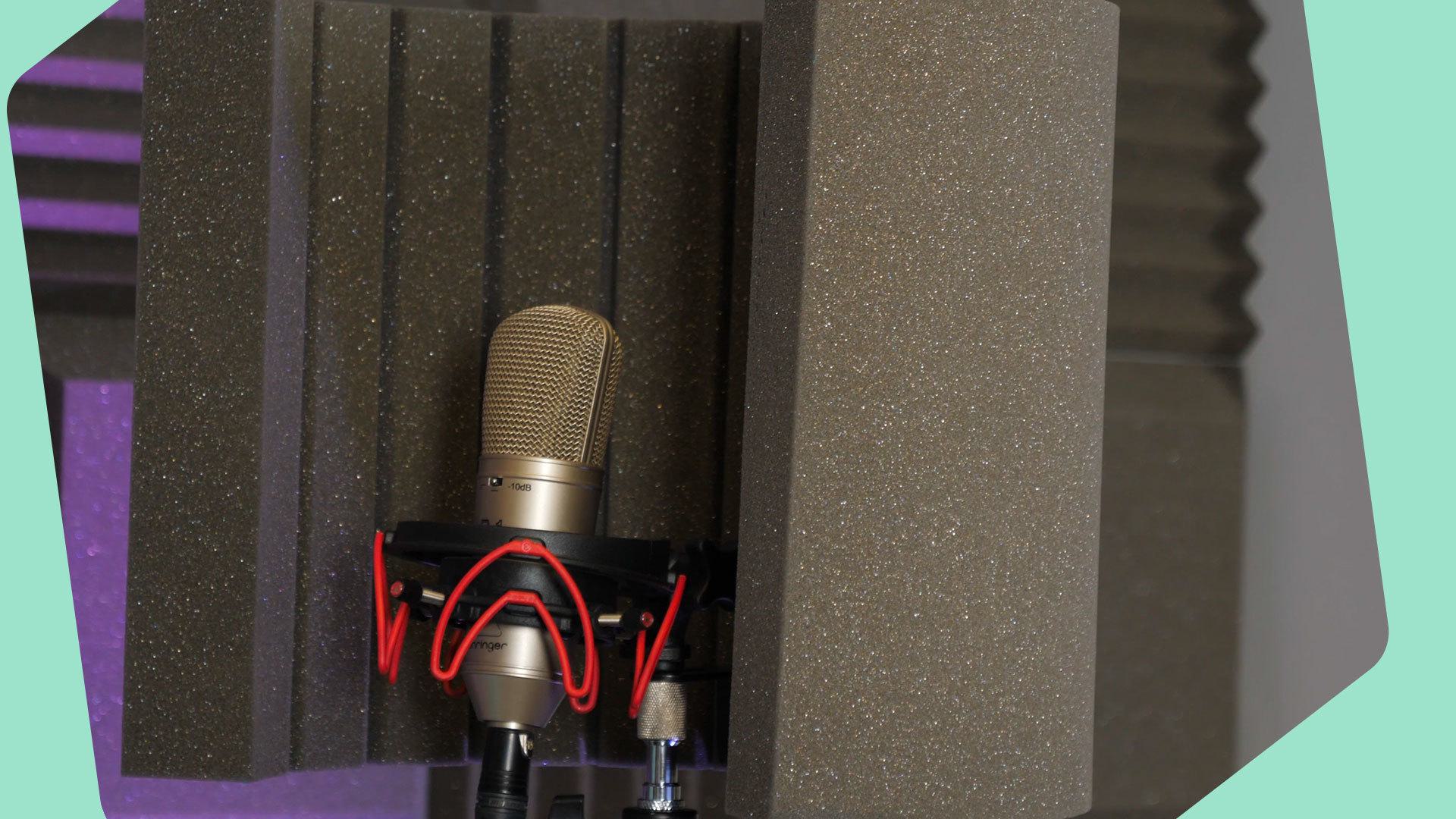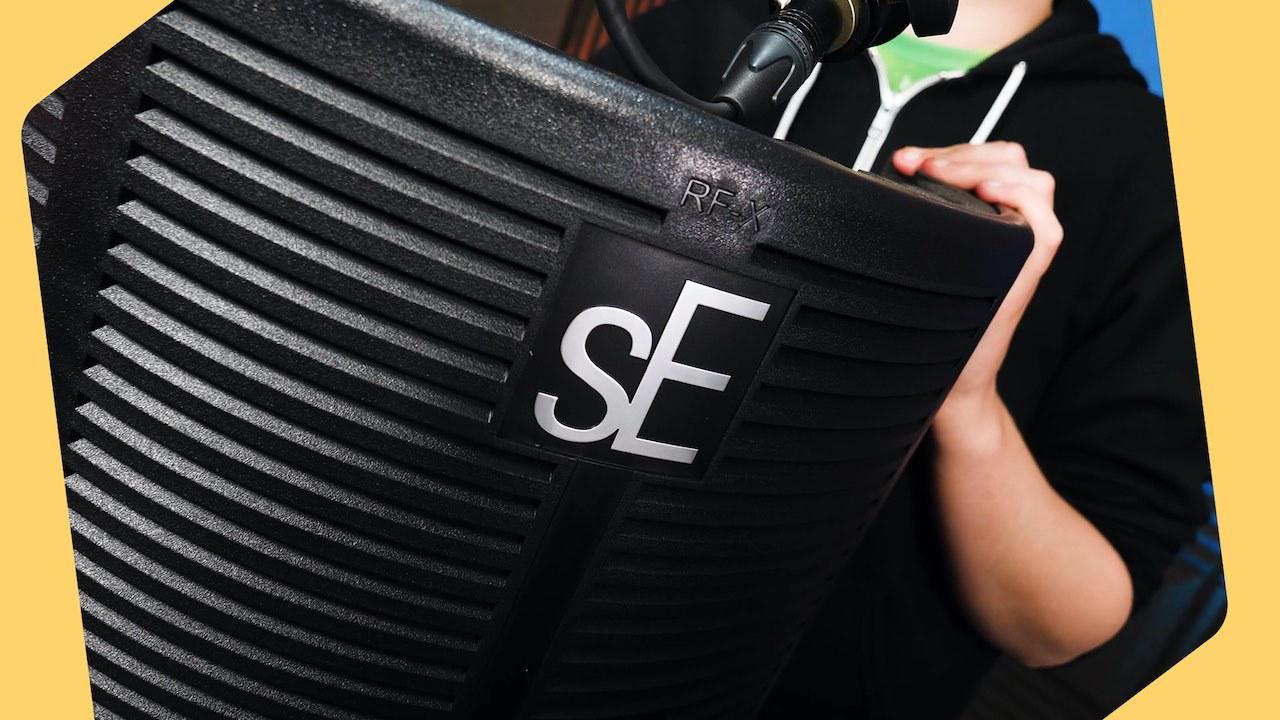Need advice? Let's talk 📞
Get straightforward guidance from your broadcasting partner. Schedule a demo to chat with the team about your radio station.
Book DemoFabricks: Best Way to Acoustically Treat a Room?
Large, echoey rooms don't have to spell disaster for sound quality. We take a look at how the block system, Fabricks, can acoustically treat a room.
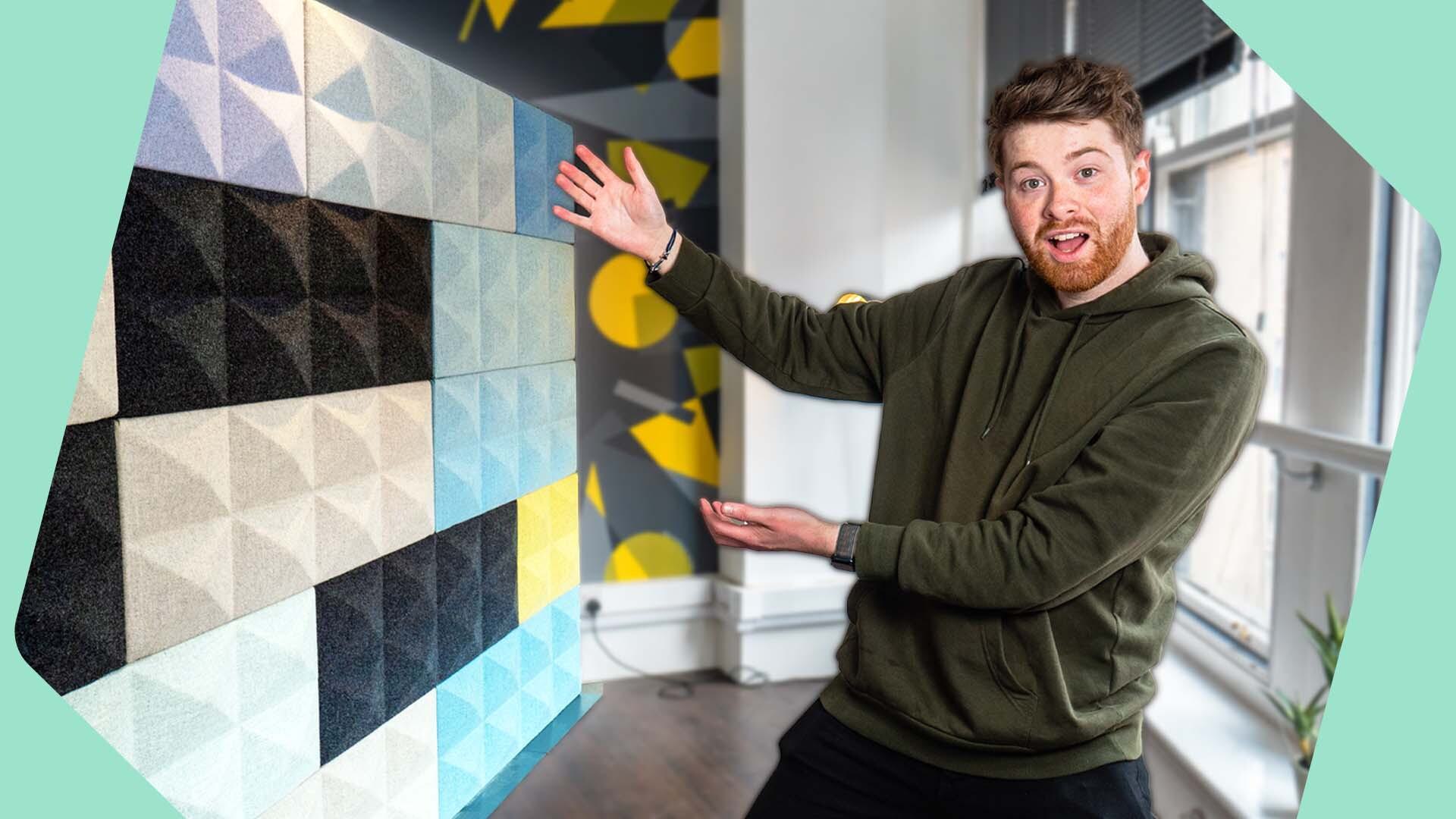
While there’s freedom to broadcast wherever you like, not every space is ideal. Hard surfaces make the acoustics of a room bad for recording and broadcasting audio. Soundproofing and acoustic treatment are essential for getting the best audio quality.
So, we've looked at the acoustic blocks, Fabricks by Ocee & Four Design, to see how well they do the job - and if they're right for your studio space.
Soundproofing vs Acoustic Treatment
Although they may appear to do the same job at face value, soundproofing and acoustic treatment are very different ways to get better audio.
Soundproofing is the act of stopping sound from leaving and entering a particular space.
Take a sound-proofed music studio - they are designed so that outside of the studio you can’t hear the thrashing of a drum kit. While often talked about in relation to audio, soundproofing is often used in other noisy environments too, like factories.
Acoustic treatment is improving sonic qualities of a space for a particular purpose, rather than stopping sound from leaving/entering.
What your purpose is will largely determine how you treat the acoustics. Using a space for broadcast radio requires a different acoustic treatment than a rock concert for example.
What Are Fabricks?
Fabricks are acoustic blocks from Ocee & Four Design. Just like lego, the foam bricks are individual pieces that make something grander.
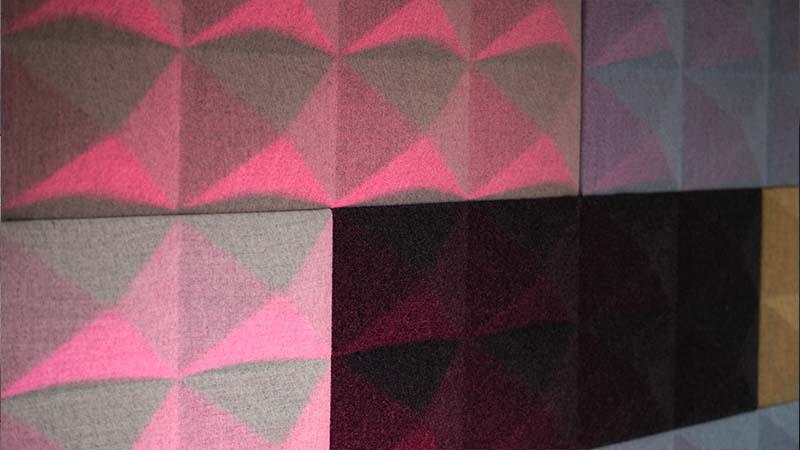
They are built from acoustic foam with a wool fabric covering. Their modular design means they are very adaptable to different spaces; they come in either L-shapes or standard cuboids. They don’t disrupt the airflow, electrics or mechanics of a space but do double up as a visual space divider.
Why Fabricks Are Suitable for Acoustic Treatment
Fabricks are good for acoustic room treatment as they use absorption. Absorption is where sound waves are absorbed rather than reflected.
To put it super-simply, soft surfaces will absorb sound waves. With hard surfaces, sound waves bounce off them. And then keep bouncing off them, at all different angles. This typically diminishes sound quality. As the room is filled with sound waves bouncing off the hard surfaces, the human brain interprets it as noise.
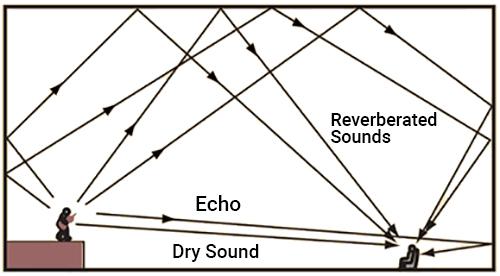
Reflected sound waves also interfere with direct sound waves coming from an audio source. It changes the shape of the direct sound waves, and causes distortion.
As Fabricks are essentially big, soft blocks they absorb sound waves. Rather than reflect them around your space.
Using the blocks to section off a space around your audio source, means the sound waves have fewer places to reflect off. Equally, sound waves from elsewhere in your room can be absorbed before they reach your microphone. Making for a much cleaner, crisper signal.
Fabricks Set Up
Imagine squashing marshmallows on a skewer. That’s basically how Fabricks are assembled. There’s a metal base with aluminium posts attached, and the Fabricks slide on to the posts.

The aluminium posts have been designed so that you can hide wires and power cables within the Fabricks themselves, making everything look neat and tidy.
The Fabricks Review
The Fabricks acoustic room treatment really shines in reducing echo in the room. The Radio.co space used to be extremely echoey, as you can hear in our older videos. But having these Fabricks has completely changed things.
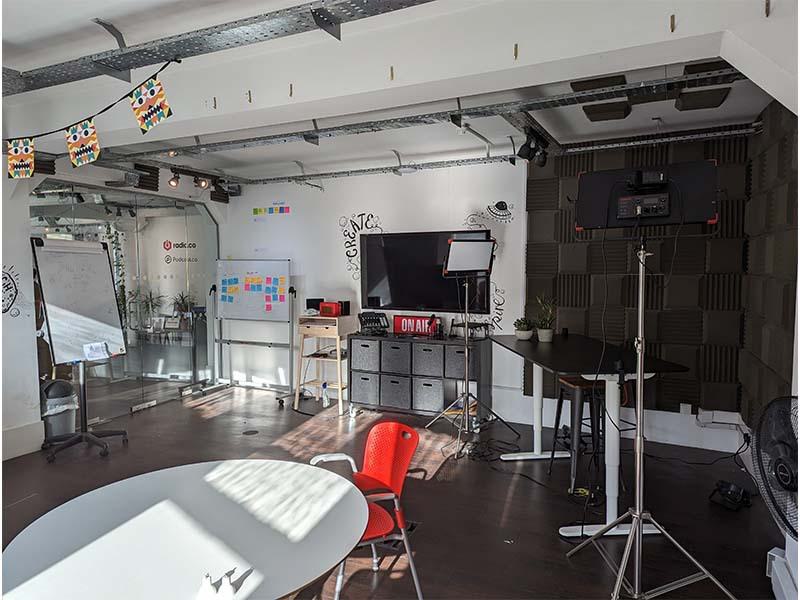
They also do some soundproofing: they help block loud sounds such as sirens going past or loud bangs. Which is a god-send if your space is on a busy high-street like ours, and something we've struggled to eliminate with audio processing.
Fabricks are designed not to reach the ceiling, in order to keep air flowing. The benefit is you're not going to need to remove any ceiling fixtures to fit them in. But the downside is obviously some sound will be pass in and out the space.
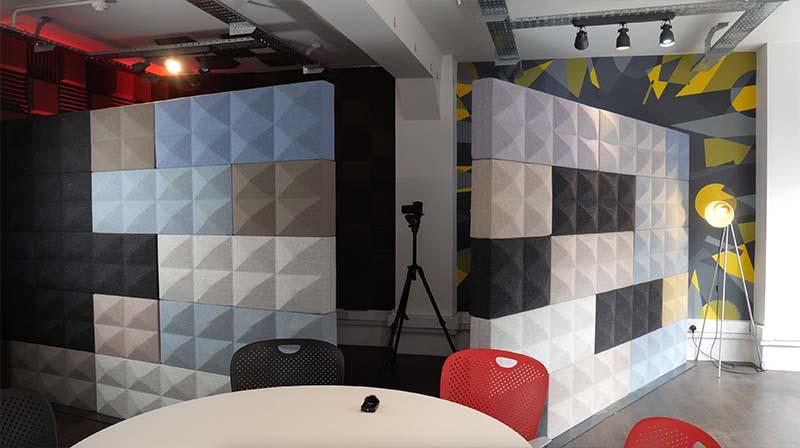
So some sound will still pass in and out of the space, but this can become unnoticeable. And that depends on the quality of your equipment. Logitech's Blue Sona for example, has a super-cardioid pattern meaning it doesn't capture audio sources so well if they're not directly in front of it.
Combine Fabricks and microphones like the Logitech Blue Sona to help get a clean, crisp signal of your audio source. Minus the other noises occurring in the space.
How Much Do Fabricks Cost?
Fabricks are more catered towards corporate clients and serious studio spaces. Costs start at around $2,500 per 1.2m squared. But to get an idea of pricing for your own space, check out:
Alternatively, go directly to Ocee & Four Design.
Closing Thoughts
Fabricks are surprisingly useful in acoustically treating large, echoey rooms like office spaces and halls. They create the seclusion and privacy of a sound booth. But with a temporary structure that can be assembled and taken apart with ease.
They're a professional looking solution that works well with some well-chosen equipment to drastically improve sound quality. But if money is no object, then having a dedicated sound booth is the gold standard for tip-top audio.
And if you're tight on cash, there are lower-cost alternatives you should try first.


